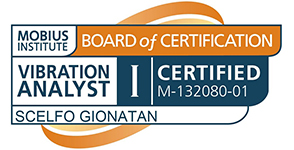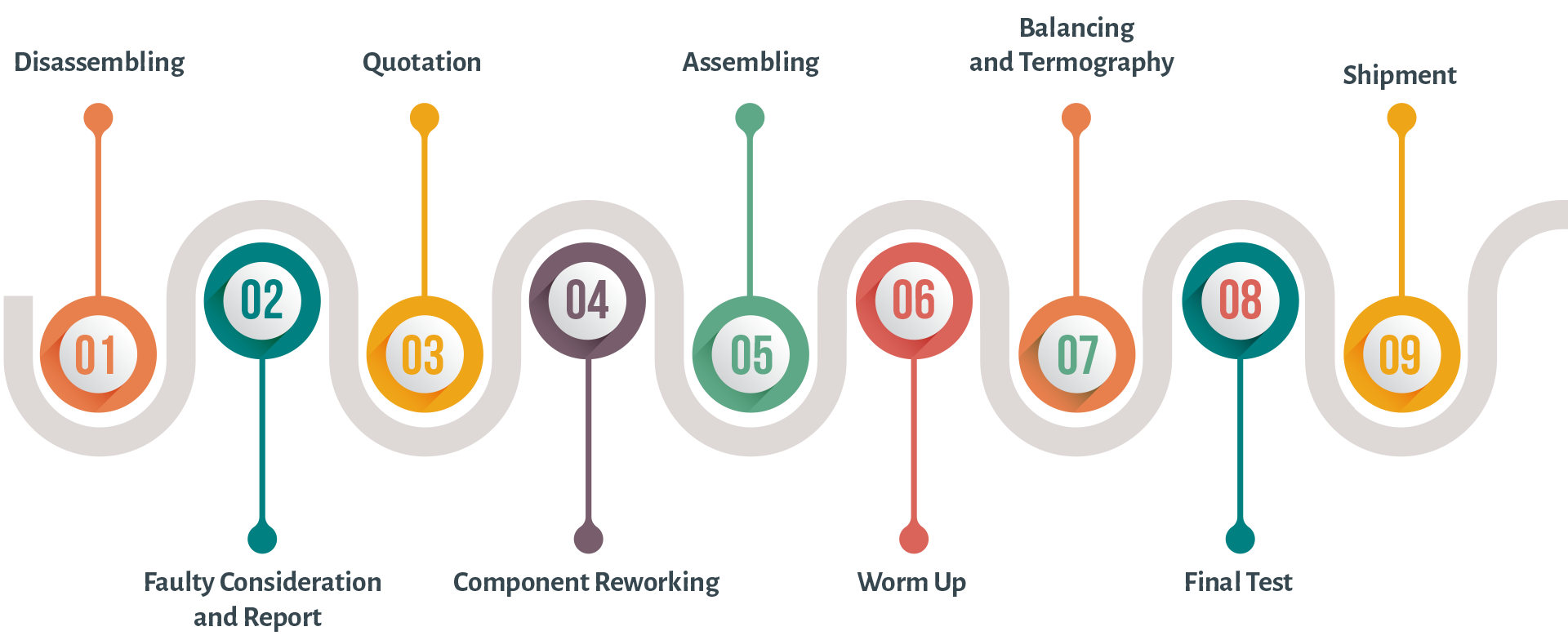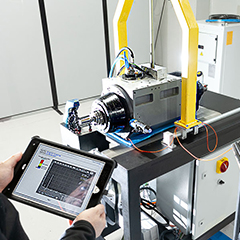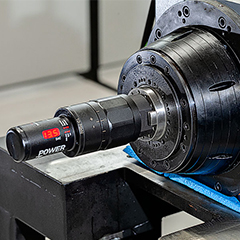
About
La Scelfo Mechanical Solutions, da anni nel settore, si occupa della Riparazione di Mandrini e Tavole Girevoli, con “Certificazione di Vibration Analyst”
About
Scelfo Mechanical Solutions, for years in the sector, deals with the Repair of Spindles and Rotating Tables, with “Vibration Analyst Certification”












